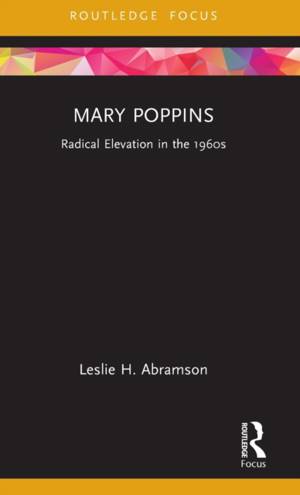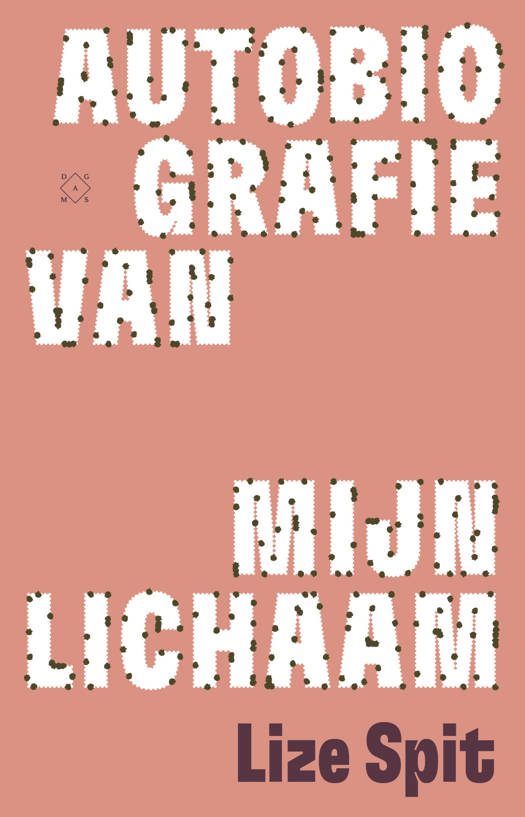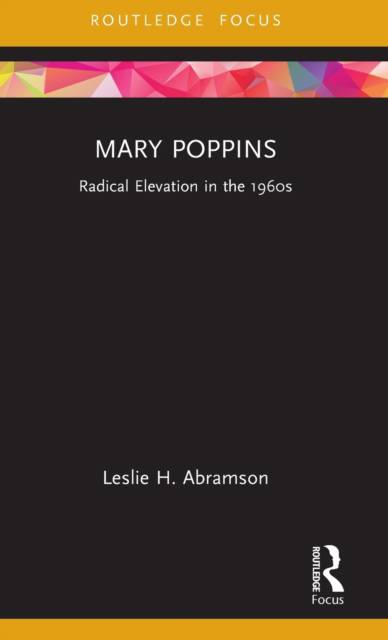
- Afhalen na 1 uur in een winkel met voorraad
- Gratis thuislevering in België
- Ruim aanbod met 7 miljoen producten
- Afhalen na 1 uur in een winkel met voorraad
- Gratis thuislevering in België
- Ruim aanbod met 7 miljoen producten
Omschrijving
This volume examines Mary Poppins as a 1960s film reflecting and invested in its radically changing times, a largely but not unmitigatedly antiestablishment musical resonant with conditions and issues powerfully affecting baby boomers.
Among the explosion of baby boomer films that rocked the 1960s, the most stirring early work was likely Mary Poppins. This 1964 film captivated young audiences, earning top-grossing ticket sales, multiple Oscars, and landmark status as a cultural phenomenon. The book illuminates Mary Poppins as a musical teeming with preoccupations of American youth in the early-to-mid-1960s, including antiestablishment desires, anxieties, and pleasures. Reading against the dominant grain, this book deciphers Mary Poppins as a mid-century reflection that spans the generation gap, dysfunctional nuclear family, youth unrest, activism including feminist advocacy, counterculturalism, capitalist imperialism, race relations, socially conscious music, and hallucinogenic consciousness expansion. Conjunctively, the book explores tensions inherent in this studio production as a mainstream Disney release evoking imperatives of 1960s American youth while sanitizing figures and values representing radical change. Further, examining the film's collective authorship, this volume traces Mary Poppins' origins in the writings and life of nonconformist author P.L. Travers as well as in Disney cinema and the studio's adaptation processes. Analysis extends to diverse facets of Mary Poppins' reception, including the shifting image of its star, Julie Andrews, the film's influence on popular culture and controversy among some as an adaptation, its appropriation by drug culture, association with the teenpic, and status as cinema of social consciousness.
This book is ideal for students, researchers, and scholars of cinema studies and youth culture.
Specificaties
Betrokkenen
- Auteur(s):
- Uitgeverij:
Inhoud
- Aantal bladzijden:
- 132
- Taal:
- Engels
- Reeks:
Eigenschappen
- Productcode (EAN):
- 9781138586406
- Verschijningsdatum:
- 13/01/2023
- Uitvoering:
- Hardcover
- Formaat:
- Genaaid
- Afmetingen:
- 140 mm x 216 mm
- Gewicht:
- 312 g

Alleen bij Standaard Boekhandel
Beoordelingen
We publiceren alleen reviews die voldoen aan de voorwaarden voor reviews. Bekijk onze voorwaarden voor reviews.












